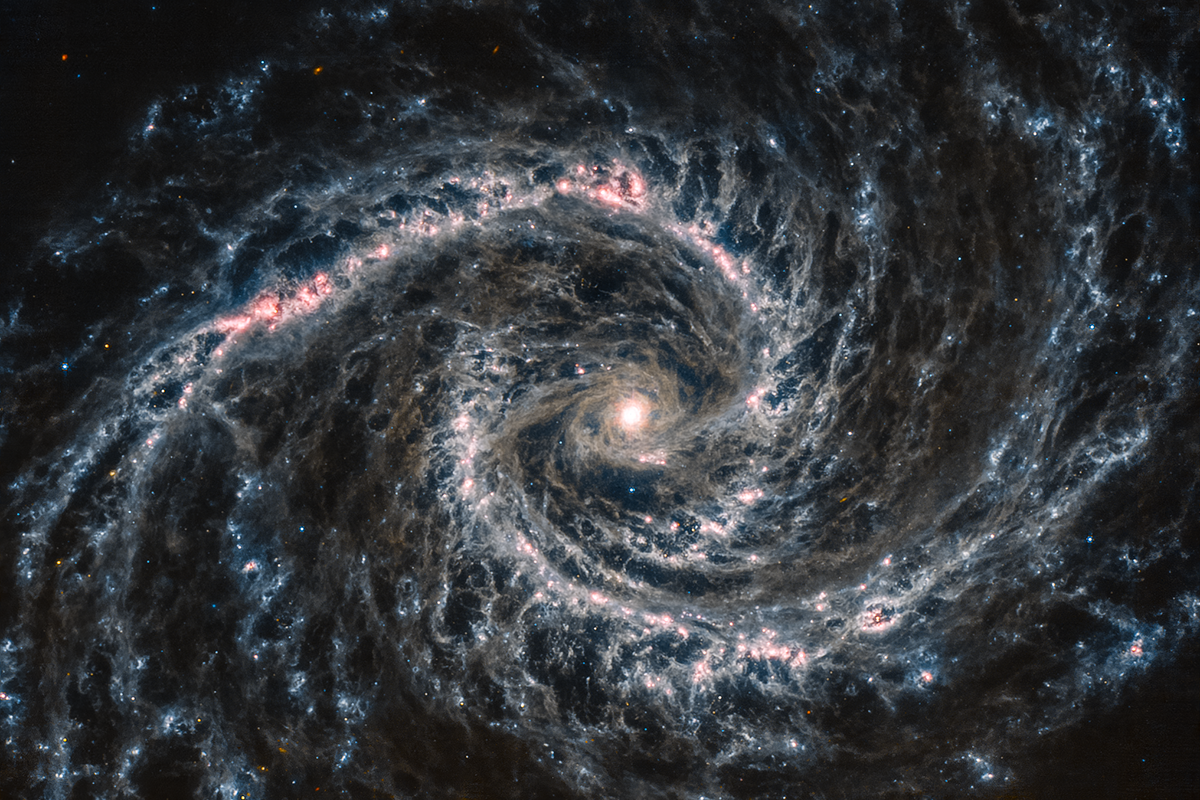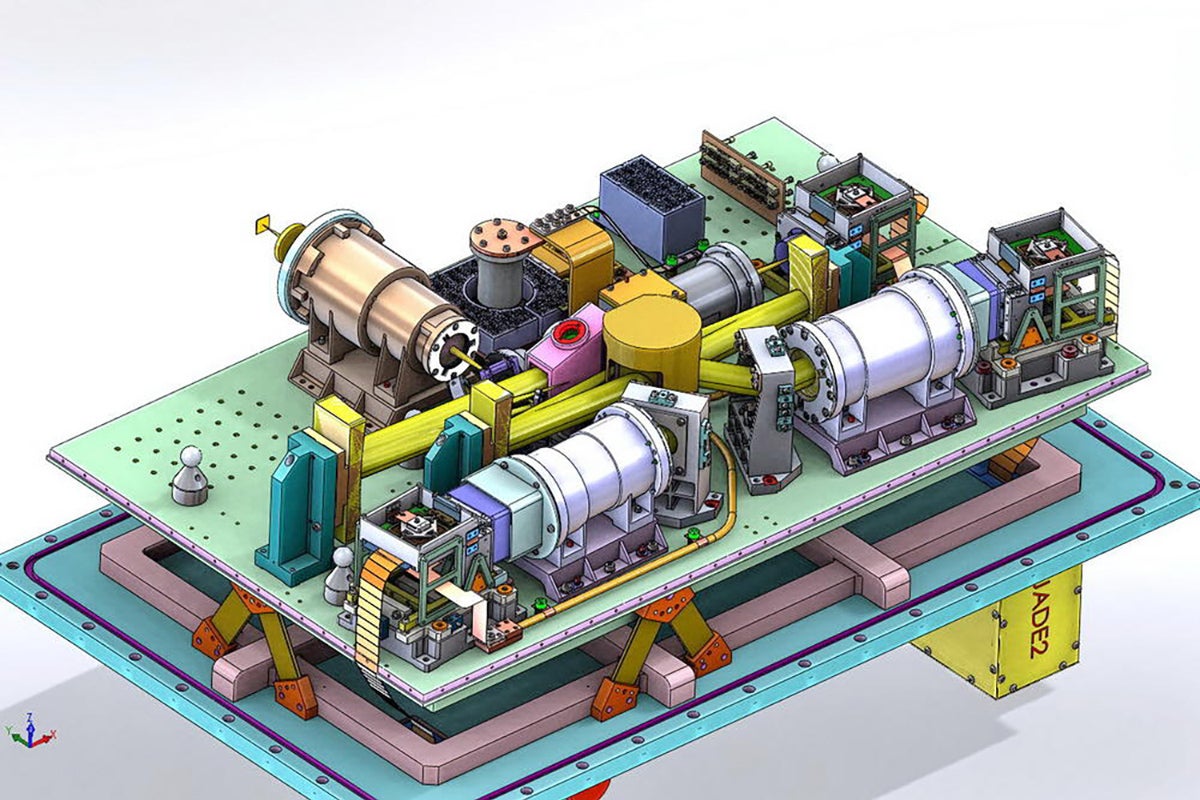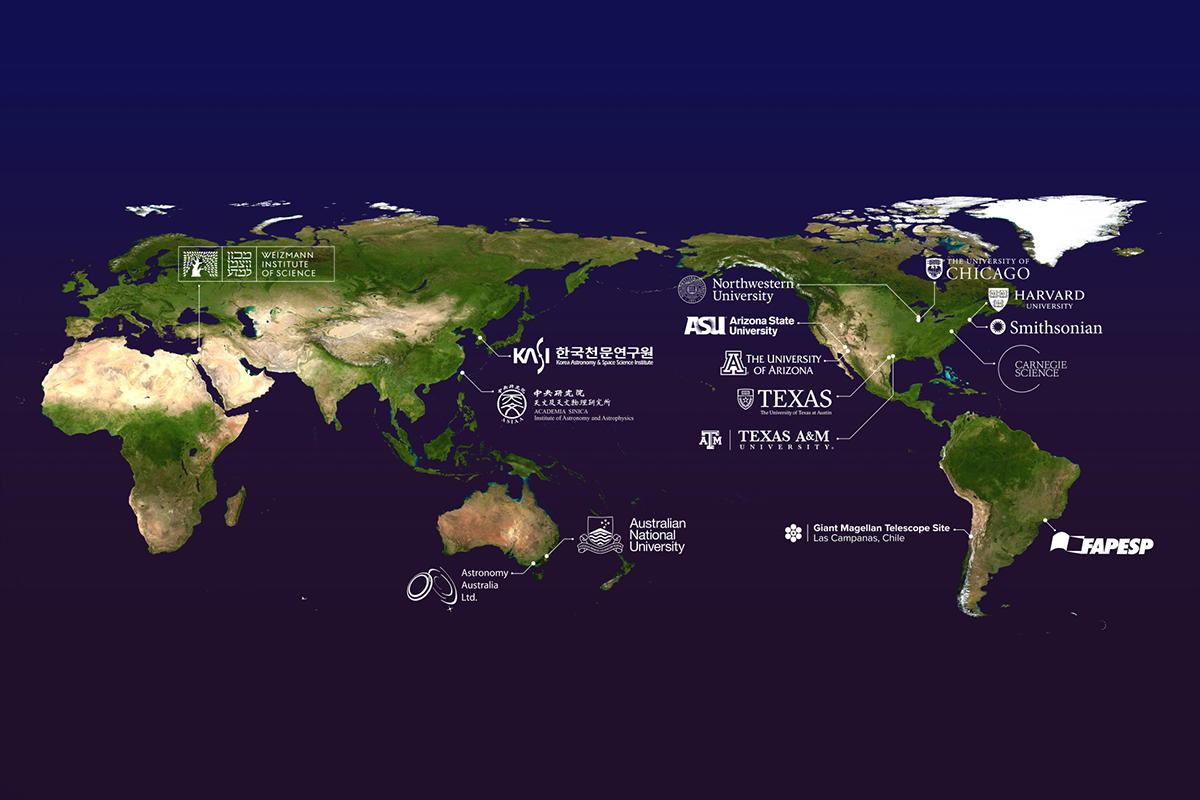FORT DAVIS, Texas — Astronomers have validated their first exoplanet with the Habitable Zone Planet Finder instrument on the Hobby-Eberly Telescope, one of the world’s largest telescopes, located at The University of Texas at Austin’s McDonald Observatory.
About twice the size of Earth and possibly 12 times as massive, the planet could be similar to Neptune, but in miniature. Called G 9-40b, it orbits a small star called a red dwarf about 100 light-years from Earth. It completes a full orbit every six Earth days.
The research is in the current issue of The Astronomical Journal.
The finding shows that the Habitable Zone Planet Finder “is really performing very, very well,” said Bill Cochran, research professor at The University of Texas at Austin and a co-author of the research paper. “It’s doing what we hoped it would do, discovering nearby habitable-zone planets.”
The instrument was built by Penn State University, with participation from UT Austin.
The habitable zone is the distance from the star where a planet could harbor liquid water, the basic component for life as known on Earth. The planet finder provides a unique capability to look at nearby red dwarf stars that would normally be too faint for our optical instruments, as they are faint and cool.
“The overwhelming number of nearby stars fall into this category,” Cochran said. “This instrument was designed to look for planets around these stars.”
The exciting thing about this discovery is that “this is a really nearby system,” Cochran said. “It’s in the solar neighborhood; it’s on our block.”
The potential planet was originally detected by the Kepler Space Telescope, which observed a dip in the host star’s light as the planet crossed — or transited — in front of the star. This signal was then validated using precision observations from the planet finder, ruling out the possibility of a close stellar or substellar binary companion. Observations from other telescopes, including the 3.5-meter Telescope at Apache Point Observatory and the Shane Telescope at Lick Observatory, helped to confirm the results.
“G 9-40b is amongst the top 20 closest transiting planets known, which makes this discovery really exciting,” said Gudmundur Stefansson, lead author of the paper and a former doctoral student at Penn State University who is currently a postdoctoral fellow at Princeton University.
Stefansson said that due to its large transit depth, the planet is an excellent candidate for future studies of its atmospheric composition. Such studies can be carried out using the next generation of large ground-based telescopes, like the Giant Magellan Telescope (of which UT Austin is a founding partner), or future space telescopes.
The Habitable Zone Planet Finder instrument was delivered to the Hobby-Eberly Telescope (HET) in late 2017 and started full science operations in late 2018. It is designed to detect and characterize planets in the habitable zones around nearby low-mass stars.
“The addition of the planet finder to the Hobby-Eberly Telescope is part of a major upgrade that was dedicated in 2017 and brings several new capabilities to the faculty, students and researchers of The University of Texas at Austin and the other HET partners,” said Taft Armandroff, director of McDonald Observatory.
This research was supported by the National Science Foundation, Penn State, the Heising-Simons Foundation, the NASA Earth and Space Science Fellowship program, the Center for Exoplanets and Habitable Worlds at Penn State, and the Research Corporation.
The Hobby-Eberly Telescope is a joint project of The University of Texas at Austin, Penn State University, Ludwig-Maximilians-Universität München, and Georg-August Universität Gottingen.
— END —
Notes to editors: The research paper is available at:
https://iopscience.iop.org/article/10.3847/1538-3881/ab5f15
Media Contacts:
Rebecca Johnson, Communications Mgr.
McDonald Observatory
The University of Texas at Austin
512-475-6763
Samuel Sholtis, Eberly College of Science
Penn State University
814-865-1390
Science Contacts:
Dr. William Cochran, Research Professor
McDonald Observatory
The University of Texas at Austin
512-471-6474
Dr. Gudmundur Stefansson, Post-doctoral Researcher
Princeton University
814-777-8712 (mobile)









